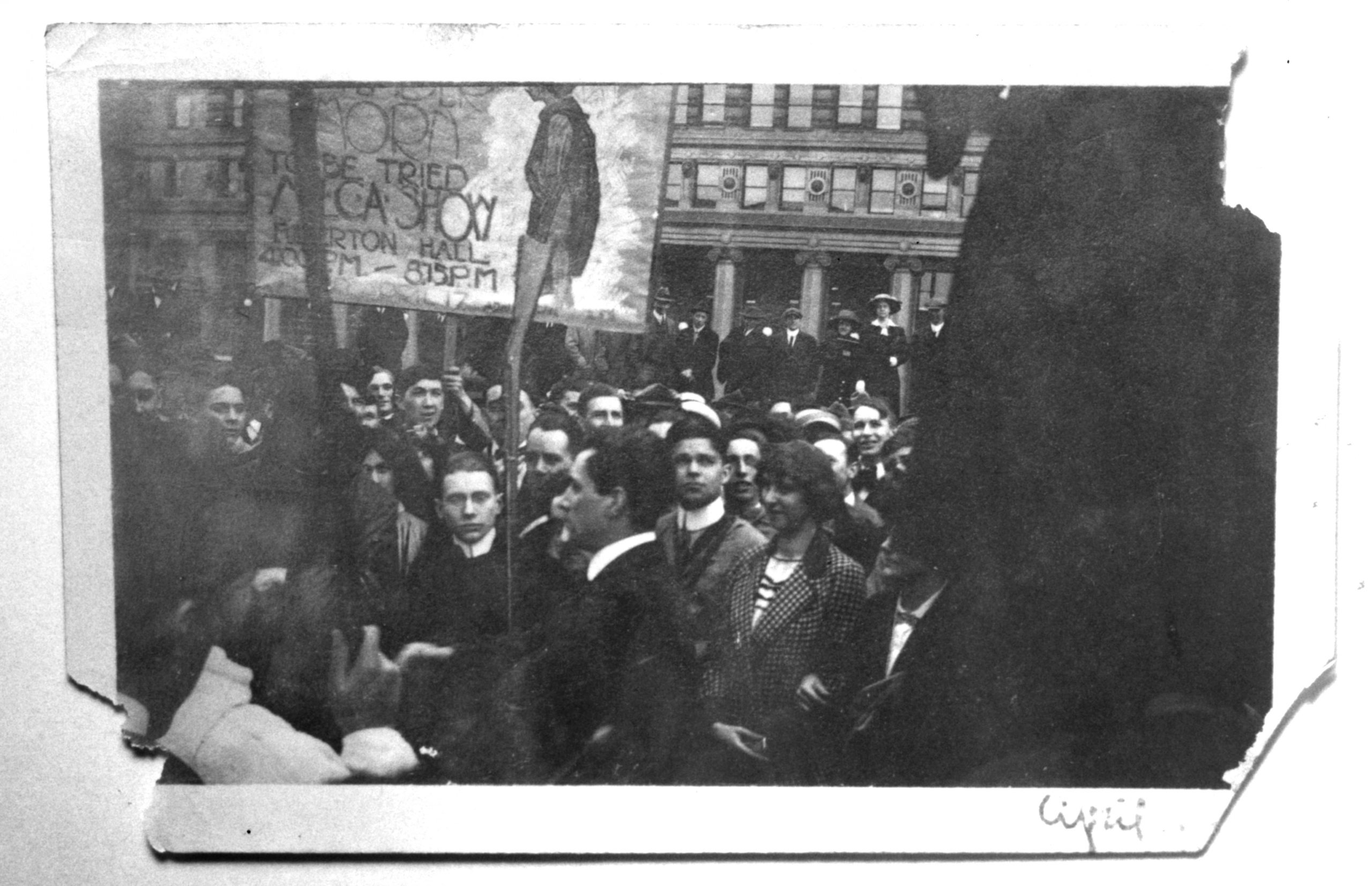 This book got me in some trouble when I first wrote it. There was a public event where I teach, at the School of the Art Institute in Chicago: the Dean and a couple of faculty, including me, were to discuss how we were teaching art. The Dean gave the audience some optimistic ideas, and then I said, “I can imagine one of our famous graduates coming back here in twenty years, into this studio” — we were in a painting classroom — “and pointing to that yellow spill of paint on the floor, and saying, ‘Everything I know about art I learned from that stain.'” The Dean didn’t think that was so amusing. In the book I added a bit to that, saying that our promotional material might include a disclaimer: “Even though these famous artists studied at our School, we have no idea what they learned here.”
This book got me in some trouble when I first wrote it. There was a public event where I teach, at the School of the Art Institute in Chicago: the Dean and a couple of faculty, including me, were to discuss how we were teaching art. The Dean gave the audience some optimistic ideas, and then I said, “I can imagine one of our famous graduates coming back here in twenty years, into this studio” — we were in a painting classroom — “and pointing to that yellow spill of paint on the floor, and saying, ‘Everything I know about art I learned from that stain.'” The Dean didn’t think that was so amusing. In the book I added a bit to that, saying that our promotional material might include a disclaimer: “Even though these famous artists studied at our School, we have no idea what they learned here.”
I think art can be taught, but only if “teaching” means transmitting enthusiasm, inspiration, technical information, career advice, or artworld ways of talking. Anything more — teaching art itself, or fine art, or good art, or great art — is not possible, if “teaching” means the intentional communication and not chance connections between what teachers say and what art students might be able to use.
After I finished the book, I gave the manuscript to the Dean, thinking our SAIC Press might want to publish it. She thought about it for almost three years, and then said it probably wasn’t the best idea for the School to publish the book.
There are three chapters available here:
Chapter 1 is a history of art instruction from the Greeks to the present, with special emphasis on what remains from each period — what is still with us, still part of what every art student is taught. For example, from the Romantic 19th century academies we still keep the belief that art is about the expression of inner feelings, not the depiction of the external world; we keep the idea of the “master class” (that the best way to learn is to be taught one-on-one by a “master”); and we still think, sometimes, that art is too personal to be taught.
Chapter 2 is a long list of the commonest topics of art school conversations: Is contemporary art instruction academic? What is the relation between the media (is drawing really fundamental)? Should there be a core curriculum in an art school (should every artist read Kant)? Does art really express the society in which it’s made? What can you not learn in studio classes? And a number of others.
Chapter 3, “Theories,” is the core argument of the book. It defines “teaching,” and asks what definitely cannot be taught, what institutions hope can be taught, and what actually is taught. My position is that art cannot be taught, logically speaking, because (1) the teacher does not know exactly when she is giving the crucial information to the students (compare, for example, a math teacher, who knows everyone has to understand the quadratic theorem before it’s possible to go on), and (2) the student does not know when she is receiving the crucial information for her art practice (she may look back, years later, and remember a random moment as crucial).
These three sample chapters are from the original unedited manuscript, and they lack footnotes. (The full book has lots of bibliographic information.)

This is a photo, reproduced in the book, of students at my institution protesting the famous Armory show when it came to Chicago. Notice one has a rifle. Apparently they made a straw effigy of Matisse (whose “Blue Nude” was on display) and dragged it around the Art Institute, stabbing it — and then put it into a garbage pail.
Amen.
There is very little that can be taught.
Much that others have learned from me, I never intended to transmit; would I could take some back.
Attempting to teach only makes this ever more clear.
Still, it’s quite a fine thing to work around others and occasionally engage in meaningful conversation.
I enjoy your writing. Thank you.